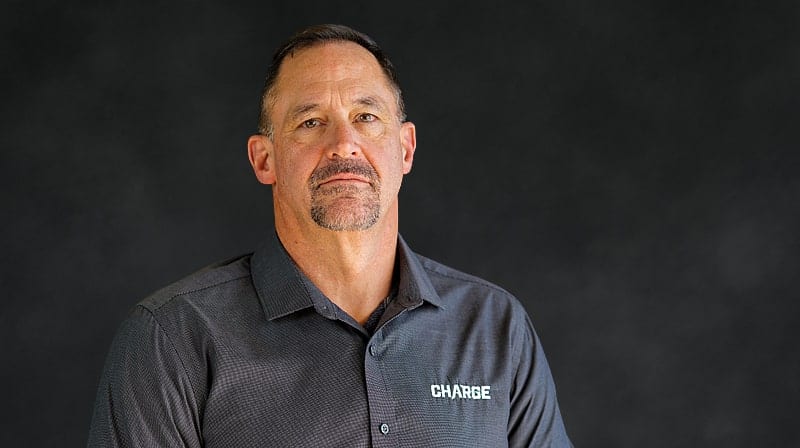Personal responsibility is something I frequently hear leaders say they wish they saw more of in their employees. If you’re looking to get the most out of your employees – and to help them get the most out of their jobs – it’s not enough to just empower or engage them. You’ve got to make sure that your people accept responsibility for the work they do – both the good and the bad.
The first and arguably most important step is to model personal responsibility yourself. Dodging issues, making excuses and pushing things off is exactly the behavior we don’t want to see in our employees. As leaders we must own successes and failures. It is critical we set the example for how we expect others to behave.
It is the leader’s job to mentor and guide those that work under them to be successful. Set the standard, explain the requirements, then stay consistent in holding all accountable. Don’t provide what you think the individual needs, ask them what they feel is necessary. After all it’s their responsibility to complete the task and know what completion entails.
Success and responsibility can only exist with context, clear expectations, and understanding – this means having a plan! Often poor performance can be directly tied back to vague and incomplete instructions by leadership. If you are going to hold employees accountable for delivering results, be explicit about your expectations. It can be helpful to involve the employee in the process. Explain the “why” and importance of each section. If you can’t communicate the importance to your team, how can they translate that importance into their work?
When employees feel they’ve helped in setting the goals, a sense of buy-in will result. SMART goals (specific, measurable, achievable, results focused and time- bound) are an effective management tool that can be used at every level to achieve success.
Sometimes individuals don’t appear to take personal responsibility because they don’t understand what’s being asked of them. Sometimes, they can be afraid to admit that to their leaders, so they give the perception that they understand. When assigning a task, take time to ask questions to confirm they understand what’s being asked of them. Don’t berate them if they don’t. It might have more to do with how you’re instructing them if it’s something they don’t normally do.
Trust, but verify. All the yesses and head nodding still don’t guarantee results. While the work is in progress, touch base frequently if necessary, but don’t handhold. Create interim milestones to break down the assignment into bite size pieces for the employee. When performance isn’t where it should be, ask probing questions instead of giving advice. Your questions help the individual solve their own problems, teach discipline and reinforce the expectations. Resist the temptation to lower or change the expectation, or worse yet, do the work for them.
When someone falls short of your expectations, don’t throw them under the bus. Accept responsibility yourself for their shortcomings and hold them to the same standard of personal accountability. Ask what you could have done differently to have added to their success. When you do, you’re demonstrating humility and responsibility. Expect the same from them. People generally like working for leaders they respect and believe care about them. Your engagement will communicate the degree to which they feel that bond. The more you model personal responsibility yourself and hold others to the same standard the more likely it will be that you get what you’re looking for. Model the standard, expect the standard, and do what you can to facilitate that everyone can perform to the standard.

